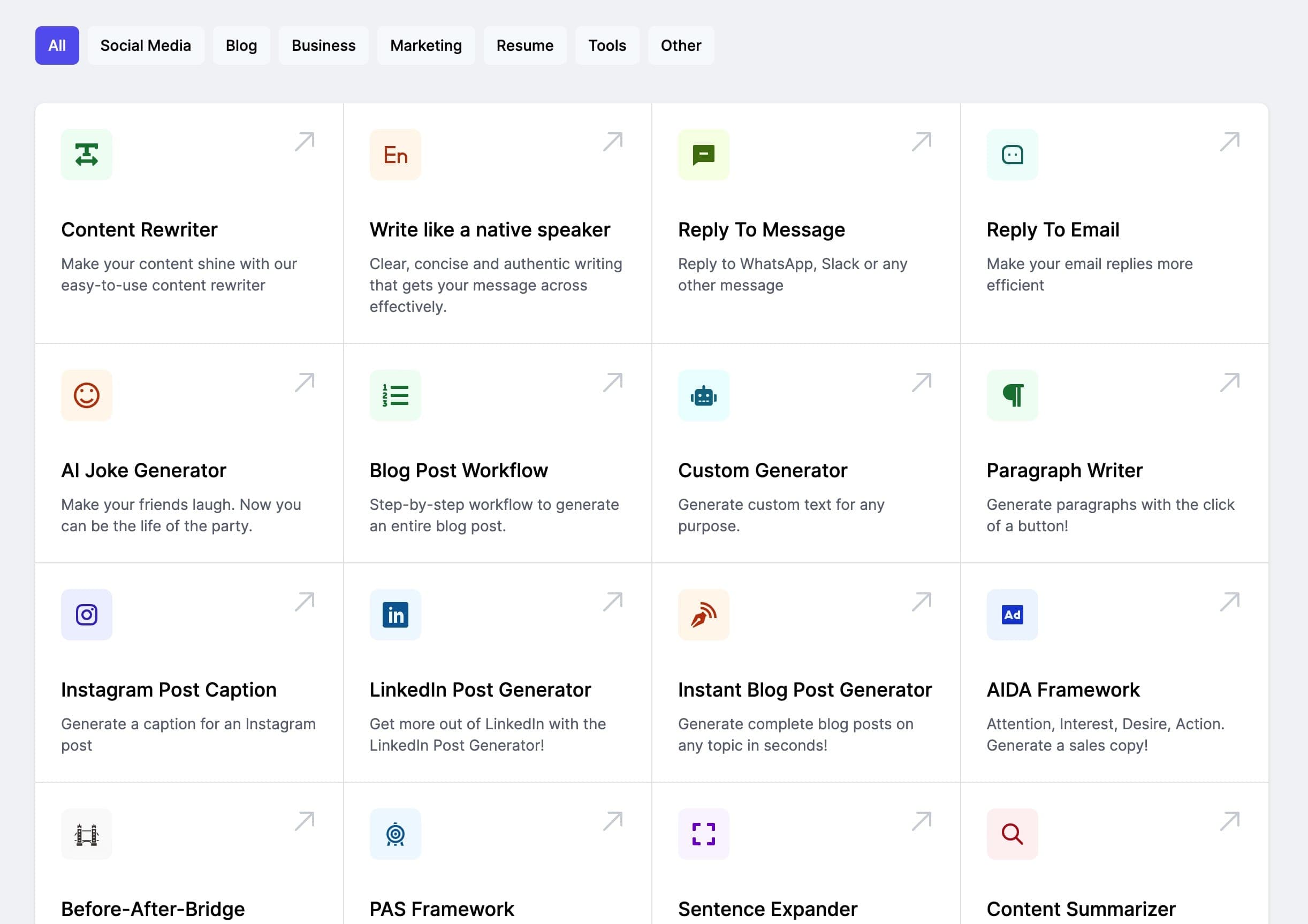AI impact to the Customer Service
In conclusion, the integration of AI in customer service represents a transformative shift with profound implications for businesses and consumers alike. As we've explored, AI technologies such as chatbots, predictive analytics, and automated problem-solving can significantly enhance response times, personalize customer interactions, and reduce operational costs. These advancements not only improve efficiency but also elevate the overall customer experience, fostering greater satisfaction and loyalty.
However, it's crucial to acknowledge the challenges that accompany these innovations, including privacy concerns, the risk of diminished human employment, and the need for balance to maintain a personal touch in customer interactions. These issues remind us that while AI can greatly enhance service capabilities, it should not replace the human element that remains at the heart of customer service.
As we move forward, businesses must strategically implement AI, ensuring that it complements rather than supplants human engagement. Companies should invest in training their staff to work alongside AI tools, harnessing the full potential of this technology while preserving the irreplaceable human empathy and understanding in customer service.
Therefore, the call to action here is clear: businesses must embrace AI with a thoughtful approach that values both technological efficiency and human connection. By doing so, they will not only keep pace with contemporary trends but also cement a foundation for genuine, lasting relationships with their customers.
In reflecting on the impact of AI in customer service, we are reminded of the broader implications of technological advancement in our society. It behooves us to approach this new horizon not just with enthusiasm for the benefits but also a cautious awareness of the ethical and social responsibilities it entails. With thoughtful integration, AI can indeed be a formidable ally in the quest to redefine and enhance the customer service landscape.
